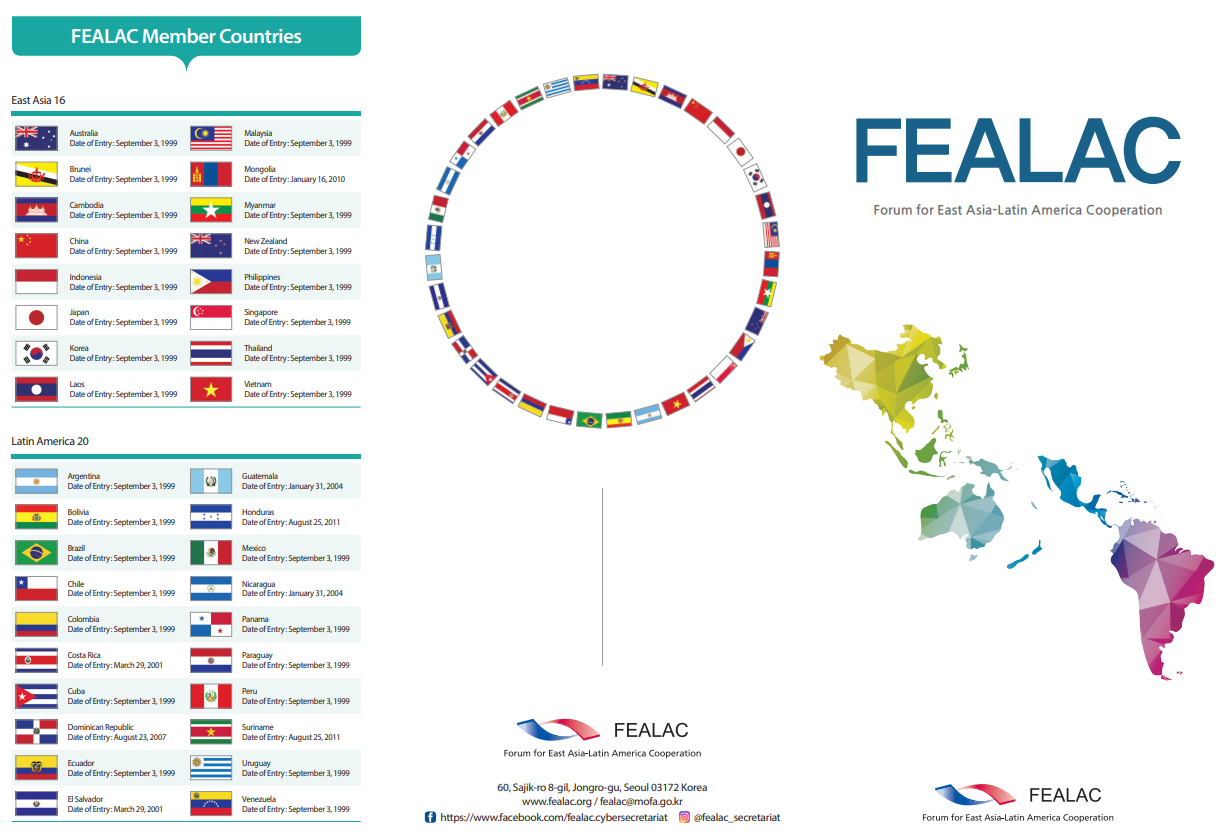Background
Despite unprecedented global economic growth over the past decades, income gaps between the rich and the poor persist in the FEALAC regions. Inequality is also manifested in many other dimensions, beyond income. Access to health, education, clean energy, and water and sanitation remain unequal, while the most vulnerable populations – including women and girls, youths, older persons, informal workers, persons with disabilities and migrants – are particularly at risk of being left behind in FEALAC member countries.
Latin America and the Caribbean have made remarkable strides in reducing household and individual income inequality since the early 2000s. The simple average of the Gini coefficient, a statistical index for measuring income inequality, decreased from 0.54 in 2002 to 0.47 in 2017. However, inequality persists, and progress has decelerated in the last years.
In Asia and the Pacific, sharp inequality increased, particularly in the most dynamic and populous countries. The region's Gini coefficient increased by over 5 percentage points in the past two decades, reaching 0.38 in 2014. Nowadays, the richest 10 per cent of the population are earning at least 10 times the income of the poorest 10 per cent.
FEALAC Member countries
Asia and the Pacific: Australia, Brunei, Cambodia, China, Indonesia, Japan, Republic of Korea, Lao People's Democratic Republic, Malaysia, Mongolia, Myanmar, New Zealand, Philippines, Singapore, Thailand, Viet Nam.
Latin America and the Caribbean: Argentina, Bolivia, Brazil, Chile, Colombia, Costa Rica, Cuba, Dominican Republic, Ecuador, El Salvador, Guatemala, Honduras, Mexico, Nicaragua, Panama, Paraguay, Peru, Suriname, Uruguay, Venezuela.

